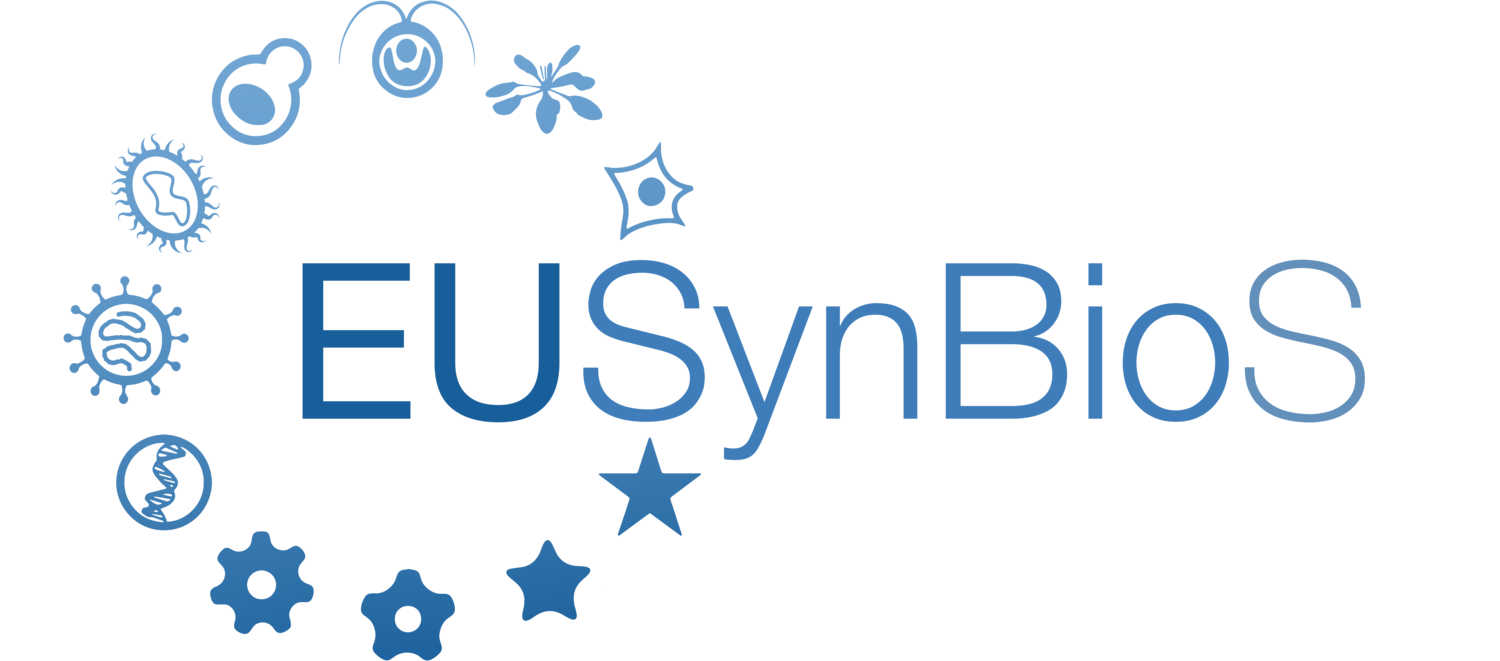SynBio Breakout Sessions: what do they tell about our community?
Participants of the first EUSynBioS Symposium in April 2016. Image by Ona Anilionyte.
Starting from a set of activities pursued by a small number of researchers, the discipline of synthetic biology has taken a remarkable trajectory over the past decade. However, the rapid growth of synthetic biology has also provoked concerns about its prospective impact on society and the environment, which needs to be addressed by future leaders of the field.
Taking a first step towards tackling this challenge, we recently brought together students and postdoctoral researchers from ten different countries at our inaugural EUSynBioS Symposium. Various aspects relevant to building a future vision for the young synthetic biology community were discussed by attendees in scope of our SynBio Breakout Sessions facilitated by experts from ecology, design, and science policy. What have they told about the synthetic biology community of the future?
SynBio Breakout Session on Diversity.
Image by Christian R. Boehm.
Embracing diversity is key, so agree participants of the Breakout Session led by Prof. Louise Horsfall (University of Edinburgh). However, the issue of diversity goes beyond gender and ethnic background of researchers. We should make an effort to include people from a variety of age groups, socio-economic backgrounds, and life-styles. Can a non-scientist be a true synthetic biologist? Or someone who only works part of the time because they choose to take time for family? We think yes, because otherwise we may miss out on a lot of different perspectives and potential for creativity. The synthetic biology community needs role models which appeal to various groups in society and can thus encourage both engagement and public acceptance.
SynBio Breakout Session on Responsible Innovation. Image by Christian R. Boehm.
A Breakout Session on the issue of Responsible Innovation led by Dr. Michele Garfinkel (EMBO) surfaced several issues about researchers’ responsibilities, including in what ways the public’s views of them matters. The session participants also discussed what the emerging idea of responsible innovation means and pointed out some possible concerns about the definition of the concept in the broader scientific community. Awareness about both responsible conduct of research and responsible innovation needs to be raised generally, and there was some agreement that it should be introduced as an inherent part of good research, reinforced through the scientific community itself both at the bench and by means of discussion sessions like the ones hosted on this occasion.
SynBio Breakout Session on Education&Outreach.
Image by Christian R. Boehm.
Encouragingly, the vast majority of attendees of a Breakout Session led by Prof. Anne Osbourn (John Innes Centre, Norwich) were of the opinion that education and outreach were important, and they moreover felt a responsibility to be proactive in this area. Taking part in outreach and education was seen as a mutually beneficial activity, yet young researchers found it regrettably difficult to identify opportunities to become involved. On a related note, young researchers felt that opportunities for training in how to communicate effectively with an audience of non-scientists were rather scarce. To contribute to closing this gap, we (EUSynBioS) are actively looking for initiatives in the area of science education to work with members of our network.
So what is the synthetic biology community going to look like in the future? We do not know for sure yet, but the first SynBio Breakout Sessions revealed its promise: our community embraces a number of young researchers who deeply care about their impact on society and the environment. They are actively looking for opportunities to become better at engaging the public and communicating what they do to a non-specialist audience.
To realize this potential, the organizers of dedicated synthetic biology courses and graduate programs to be established over the years to come are challenged to incorporate relevant training opportunities into their curricula wherever possible. It is bound to pay off.
Written by: Christian R. Boehm
Disclaimer: Views and opinions expressed in EUSynBioS Pulse articles belong solely to the writer(s). They do not reflect the opinion of the Community, the Advisory Board or the Steering Committee.




